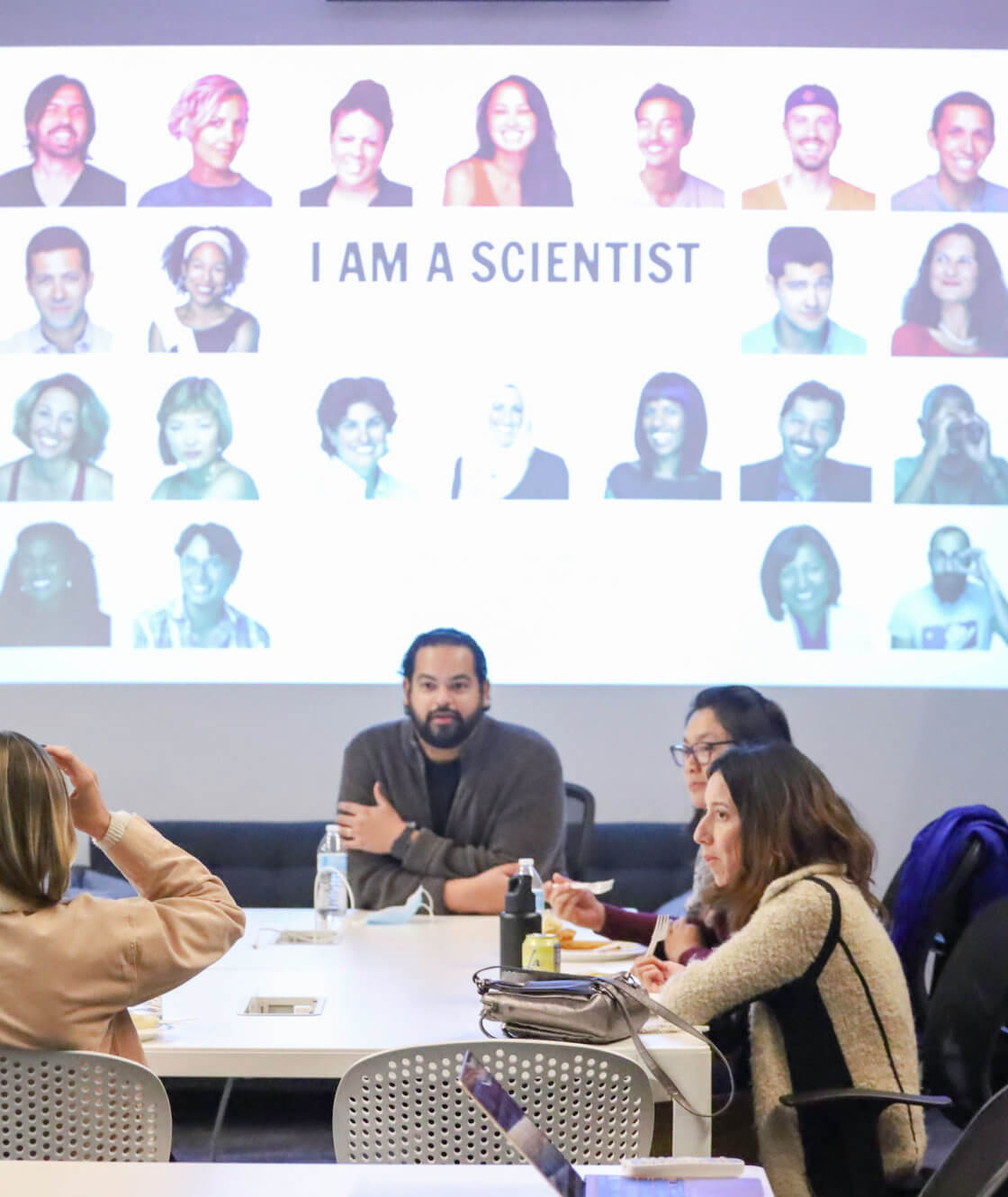Blog
4 Benefits of a STEM Education for Untapped Students
March 16, 2022
As the saying goes, “In order to predict the future, we must create the future.” When it comes to the future workforce, the future is now, and the students we empower today in science, technology, engineering, and math (STEM) are the visionaries we’ll thank for shaping the breakthroughs of tomorrow.
Like many important breakthroughs, it all starts in the classroom. As STEM education continues to increase in popularity in the U.S., it’s important to consider the many benefits of a quality education that prepares high school students for college, their future careers, and beyond.
Here are the top 4 benefits of a STEM education for underrepresented students.
It promotes creativity and out-of-the-box thinking
As STEM topics are perhaps more complex and abstract than other subjects, it’s important to approach them in innovative ways with active, interactive learning techniques that encourage students with diverse backgrounds to get curious. Active learning techniques, which include discussion-based and problem-solving teaching methods, engage students and get them to use their cognitive skills—instead of simply memorizing definitions or listening to lectures.1
These “active” approaches include in-class group activities to dive into specific concepts, using class time for peer interaction, encouraging exploratory conversations, and maybe even calling on students at random, so they don’t have time to internalize or analyze their responses, but rather, speak openly about their ideas or even share their stream of consciousness thoughts.
According to author Scott Freeman, principal lecturer in the UW Department of Biology, “You can sum up the difference between passive and active teaching methods in three simple words: ‘Ask, don’t tell.’” The goal of active learning is to engage students and get them to use their higher-order cognitive skills—instead of simply memorizing definitions.”1
It helps cultivate problem-solving skills
Although the goal would be for all students interested in STEM topics to eventually pursue careers in STEM-related fields, a STEM education is still beneficial to students with diverse backgrounds, regardless of their career path, because of the problem-solving skills it teaches them to develop early on in life. Knowing how to think through a complex math problem or formulate and test a hypothesis for a science project, for example, can teach underrepresented students valuable skills to equip them to handle challenges in life, such as how to start their own business, manage their finances, succeed in their career, or create the next big mobile app.
It encourages teamwork and collaboration
Next, STEM education promotes teamwork and collaboration, both valuable skills for underrepresented students to learn as they prepare for the workforce. Students can bring their unique perspectives from their diverse life experiences to the table as they share and learn alongside other students. Students with varying levels of ability can work together in teams to find solutions to problems, record data, write reports, give presentations, or make art. The end result is students who understand how to collaborate with others and thrive in a team-oriented environment.
Without ingenuity and creativity in the classroom, many of the recent developments in artificial intelligence or digital learning, for example, wouldn’t be possible2. Teachers who approach STEM courses in ways that encourage students to think big, ask questions, use their hands to build and create, and feel supported to “draw outside the lines” as they explore ideas are critical to helping set up students for success.
It encourages tech use
Finally, and perhaps obviously, a STEM education teaches students about the power of technology and encourages them to embrace it and be comfortable with it. As students with diverse backgrounds encounter new technologies and grow more familiar with them, they will feel more confident and prepared to explore the possibilities technology enables, rather than feel intimidated or fearful of it. As the world is becoming increasingly tech-focused, this level of comfort will give them an advantage—not only in regards to adopting and learning new technology platforms in the workforce, but who knows? Perhaps an early experience with computers, a phone, or other technology platform could be the source that inspires them to create one of their own.
__________________________________________________________________________________
ABOUT SD2
At SD2, our mission is to empower tomorrow’s STEM leaders today by connecting underrepresented students to the power of STEM, providing them with access to education, mentorship, and the resources they need to lead tomorrow’s workforce. Learn more about how we are empowering students to explore careers in STEM on our website or contact us.
References
www.washington.edu/news/2020/03/09/underrepresented-students-stem-active-learning/
www.theedadvocate.org/7-benefits-of-stem-education
